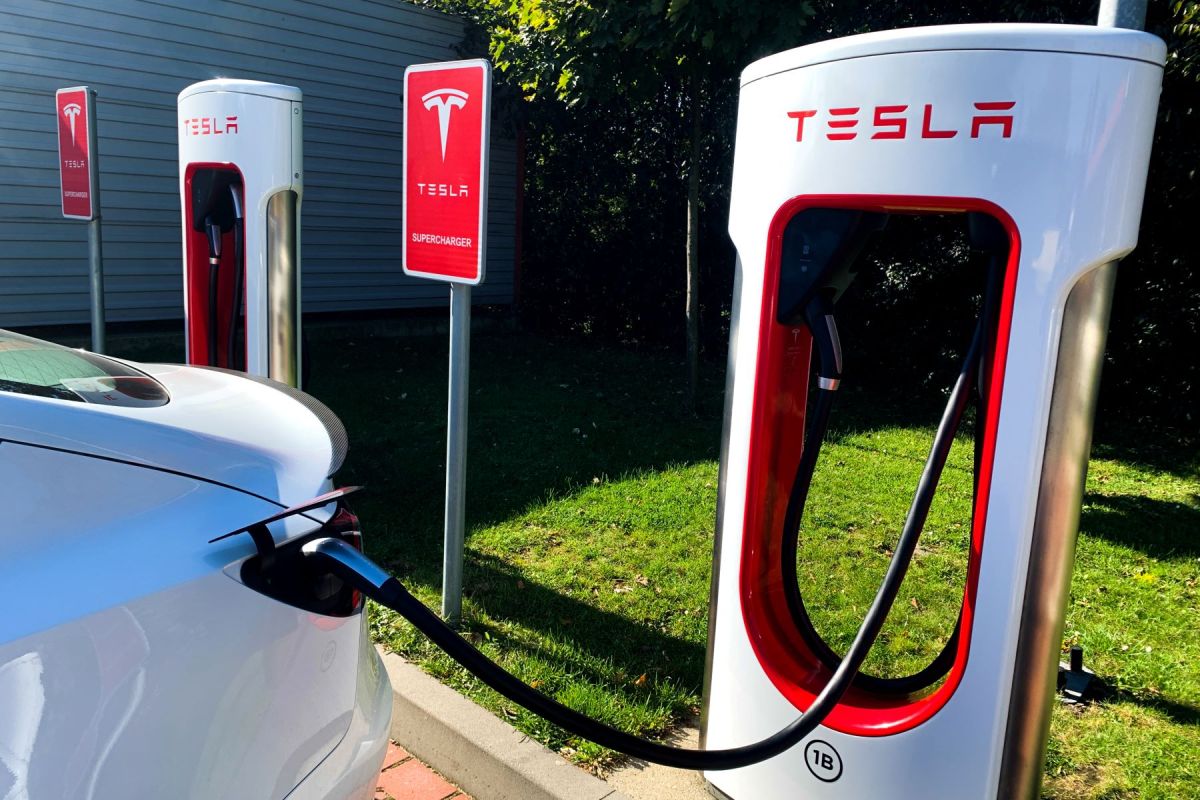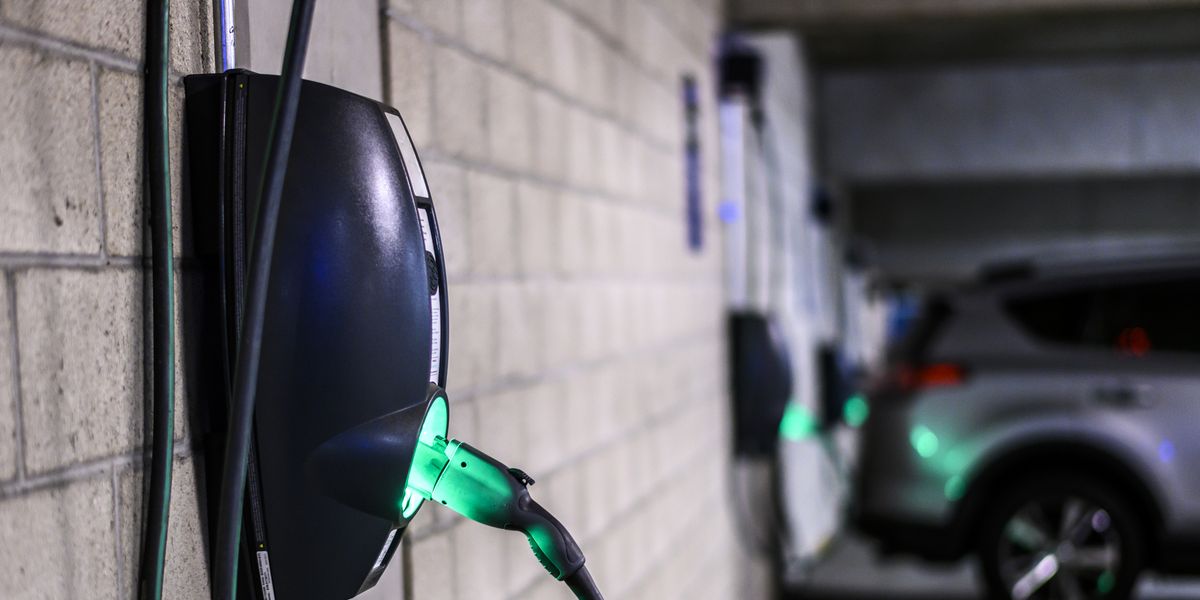kwillia
n/a
I 'wonder' what is going to happen to the costs of electricity as more switch, by choice or force, and the demand overloads providers.... gee I wonder... but in the meantime let's look how things are now....
The study has four major findings:
Which is more expensive: charging an electric vehicle or fueling a car with gas? (msn.com)
Also, don't plan on ever having a 100% charge on your EV, he said.
"It’s very difficult to charge it up to 100%," Anderson said. "The chargers slow down and the manufacturers warn you not to do it because there is additional burden on the battery system when you get your vehicle above a 90% charge.”
That means if the vehicle advertises a range of 240 miles on a full charge, a driver in reality will get considerably less on, say, an 80% charge, he said.
The study has four major findings:
- There are four additional costs to powering EVs beyond electricity: cost of a home charger, commercial charging, the EV tax and "deadhead" miles.
- For now, EVs cost more to power than gasoline costs to fuel an internal combustion car that gets reasonable gas mileage.
- Charging costs vary more widely than gasoline prices.
- There are significant time costs to finding reliable public chargers – even then a charger could take 30 minutes to go from 20% to an 80% charge.
Which is more expensive: charging an electric vehicle or fueling a car with gas? (msn.com)
Also, don't plan on ever having a 100% charge on your EV, he said.
"It’s very difficult to charge it up to 100%," Anderson said. "The chargers slow down and the manufacturers warn you not to do it because there is additional burden on the battery system when you get your vehicle above a 90% charge.”
That means if the vehicle advertises a range of 240 miles on a full charge, a driver in reality will get considerably less on, say, an 80% charge, he said.






